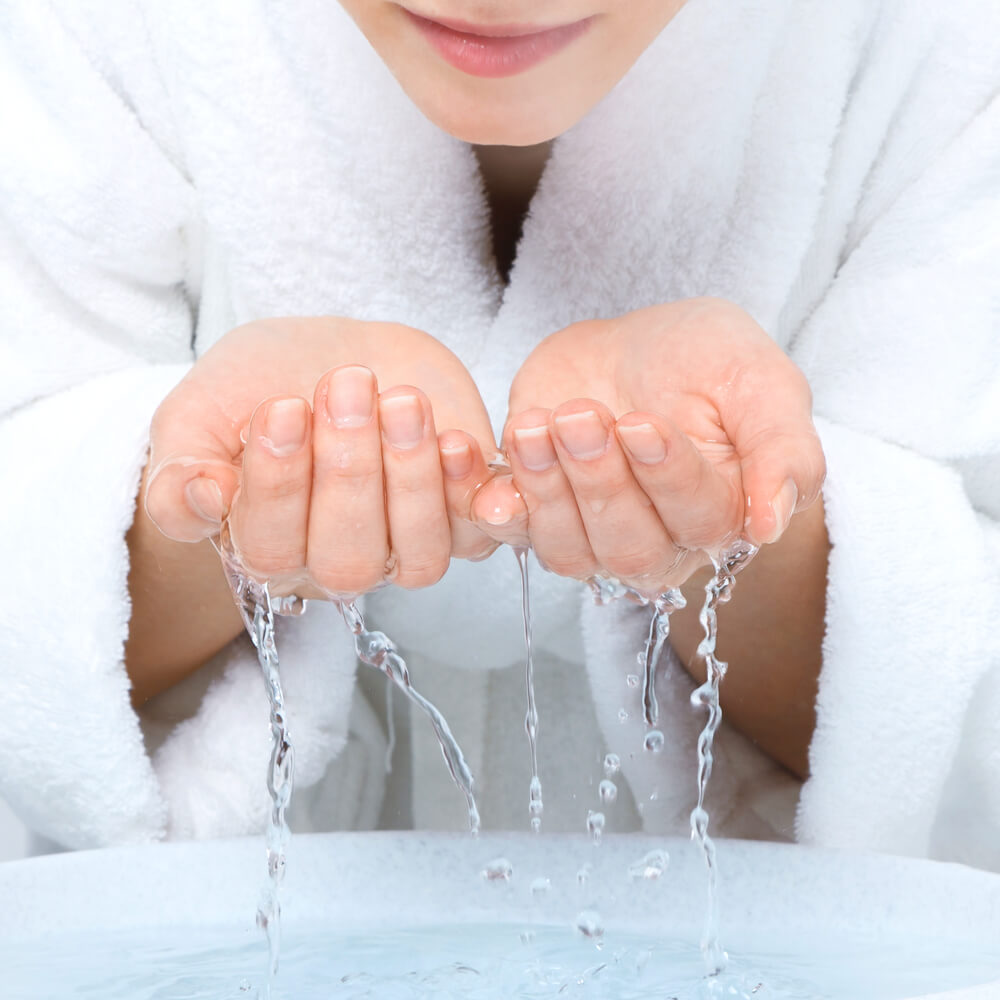Hard water makes everything harder to clean, but its biggest effect by far is on your laundry. Anyone who has gone from hard water to a water softener has noticed the irritating and uncomfortable difference in clothing quality that they used to struggle with. Each person who washes their clothes in hard water eventually develops a set of tricks and techniques to get their clothes back to acceptable levels of clean and soft. However, these techniques become our daily laundry rituals and it can be hard to adapt when soft water is finally reintroduced into your life and your washing machine. Here are a few helpful tips to adapt your laundry routine back to soft water procedures.
Dealing with Hard Water
To understand what needs to change, it helps to know why hard water was such a pain in the first place. What makes water ‘hard’ is heavy particles of suspended calcium and magnesium suspended. These particles stick to everything and the residue they create is called ‘scale’ when you see it on your shower wall or coating your dishes. In your washing machine, however, the particles act to both suppress soap suds and coat your clothes in that same heavy film, making them harder to wash clean and uncomfortably stiff after washing. To combat this, you get used to using larger quantities of harsh detergents and fabric softener.
Introducing Soft Water
Soft water, on the other hand, is clearer and has a much greater success both creating soap suds and penetrating your clothes. This enhances the effectiveness of your laundry detergent and clears your clothing fibers of any residual dirt or mineral deposits. However, because of the change in how your water interacts with the washing machine, detergent, and clothing, your hard water procedures can potentially cause more harm than good and need to be adapted to the new system.
The Suds Factor
In hard water, the extra particles suppress the formation of suds between the detergent and clothing, causing you to need more detergent to do the same job. Because this burden is lifted, it’s time to cut your detergent use or risk overwhelming your washer with suds. Start with slightly lower than the recommended amount and test the results. Soft water makes a much more efficient use of the detergent, meaning you need a lot less of it.
The New Soft
Even though soft water wasn’t named for its effect on your clothes, it could have been. While copious amount of fabric softener were necessary to counteract the stiffening effects of hard water mineral buildup on your clothing fibers, soft water helps to clear away that build-up leaving you with both cleaner and softer clothing. Many people stop using fabric softener altogether when they make the water switch. If you’re someone who still prefers to use fabric softener for personal or static electricity based reasons, it’s recommended that you cut your use by about fifty percent and experiment from there when adjusting to soft water in your washing machine.
 Keeping it Cool
Keeping it Cool
It’s a well-known cleaning fact that hot water is more effective at risning than cold, and when you’re dealing with hard water you need every rinsing advantage you can get. This means washing most of your clothes on ‘warm’ or ‘hot’ even though that wears them down more quickly. Because soft water is a more effective rinsing agent, you don’t need as much heat for the same or better effects. Delicates can safely be washed on cold and even towels only need to go up to warm, saving both energy and wear on your clothes.
Installing a water softener can be a huge change in your life, affecting almost every aspect of your daily and weekly routine. Your entire household can turn down the rinsing temperatures and cut back on soap use because the water itself has become more effective for cleaning. The quality of your laundry is one of the most impressive changes after the switch, extending it’s lifespan while at the same time coming out softer and cleaner with every wash. For more information about water softeners or advice on adapting to a soft water household, contact ustoday!





